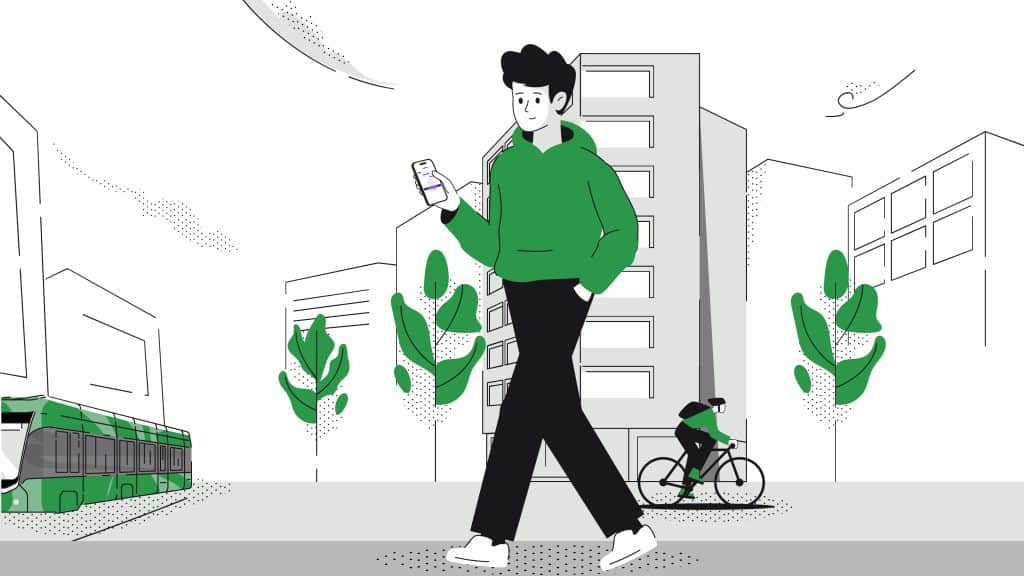Storytelling is at the heart of every successful video communication. It arouses emotions, creates understanding and stays in the mind. But with the rise of artificial intelligence (AI), the way stories are told in explainer videos and marketing is changing – rapidly and fundamentally. AI tools are opening up new opportunities to make content more efficient, data-based and personalized. In this article, you will find out how AI storytelling is developing, where it can be put to good use and why human creativity remains indispensable.
You can find more tips directly on storytelling in our blog post:Storytelling guide with practical examples.
Storytelling in transition: from gut feeling to data-based narrative
Traditionally, storytelling was primarily a creative discipline, characterized by intuition, experience and cultural intuition. Today, AI provides valuable data that can be used to develop stories in a more targeted and effective way. Algorithms analyze user behavior, preferences and reactions to content. This results in well-founded recommendations for narrative structures, topics or visual stylistic devices. According to the latest State of Marketing Report from Salesforce, 68% of marketers are already actively using AI – primarily for personalization and content creation. This shows that AI has long since arrived in everyday life.
But good stories are more than just data and patterns. They need heart, attitude – and the ability to translate complex content in such a way that it stays in the mind.

What AI is changing in storytelling
- Analysis & insights: Which stories work for which target group? AI provides answers based on real data.
- Generating ideas: Brainstorming sessions with chatbots or story prompts can speed up creative processes.
- Structuring & texting: AI helps to prepare complex content in an understandable way and to bring it into clear, logical sequences.
- Visual concepts: Illustrations or animations can be generated directly from text descriptions – a game changer for initial mood boards or creative designs.
AI in the production of explainer videos: Support instead of replacement
Explanatory videos thrive on clear language, comprehensible images and a well thought-out storyline. AI can be a valuable support here – from the idea to the storyboard to automated subtitles and voice-over generation. But AI does not replace a well-rehearsed creative team. Instead, it becomes a co-pilot, taking over repetitive tasks and freeing up space for real creative work.
A look into practice: AI in use in video design
In a project for a public authority, we used AI-based tools to quickly analyze the target group. This allowed us to tailor the storyline to precisely meet the information needs of the users – a crucial factor in the success of the video. AI helped us to prioritize topics, plan the visual language in a targeted manner and work efficiently without compromising on quality.
Why we still draw ourselves
Despite the possibilities of AI, we consciously rely on hand-drawn illustrations for video design. Each of our explanatory films is developed individually and illustrated by hand – adapted to the brand world, style and target group of our customers. Why? Because real hand-drawn work conveys emotions better, creates a clear brand identity and ensures a lasting impression.
AI can create images – but currently it cannot create brand worlds that really feel like something. Our illustrations tell visual stories that are precisely tailored to your topic and your message.
Do you want to know how powerful stories work and how to develop them? Then take a look at our storytelling guide with practical examples.
Advantages of AI storytelling in marketing
- Efficiency & speed
Production times are significantly reduced. AI provides suggestions for dialog, scenes or even entire video ideas within seconds. Particularly valuable for recurring formats or campaigns with a tight time frame.
- Scalability
With AI, you can easily adapt content – be it for different markets, languages or personas. Instead of manually adapting a film ten times, the AI takes over the basic structure and you fine-tune it.
- Creativity at the touch of a button
Creative blocks are also a thing of the past. AI tools provide impetus, develop alternatives and open up new perspectives on familiar topics.
Limits and challenges
As promising as the technology is – not everything shines:
- Humanity & emotion: A truly touching story lives from nuances, irony, empathy – things that do not (yet) come from the algorithm.
- Brand conformity: Corporate design, tonality and values often have to be readjusted manually – especially for sensitive topics.
- Trust & transparency: where does the machine begin, where does the human end? Authenticity is crucial in marketing – this should also remain visible when using AI.
Outlook: The future of AI storytelling
Developments in generative AI are progressing rapidly. In the near future, tools such as GPT-5 or Sora from OpenAI could even generate automated, interactive videos that adapt to target groups in real time. For example, by dynamically selecting scenes based on user input. This opens up completely new possibilities for making stories even more personal and immersive.
Sounds crazy? Let’s see what this means for the future of video communication.
Conclusion:
AI storytelling changes how we tell stories but it does not replace the creative process. The best results are achieved through the interplay of technology and human expertise. Those who combine the two communicate faster, more precisely – and still with soul.
In video design, we use AI specifically where it provides support: in idea generation, structure or text. But the magic happens where real people work with pen, story and style. Every explainer video is unique – created with a lot of heart, brain and hand.

Schedule a free consultation with our video experts.
Together we simplify your communication.
Photo Credits:



